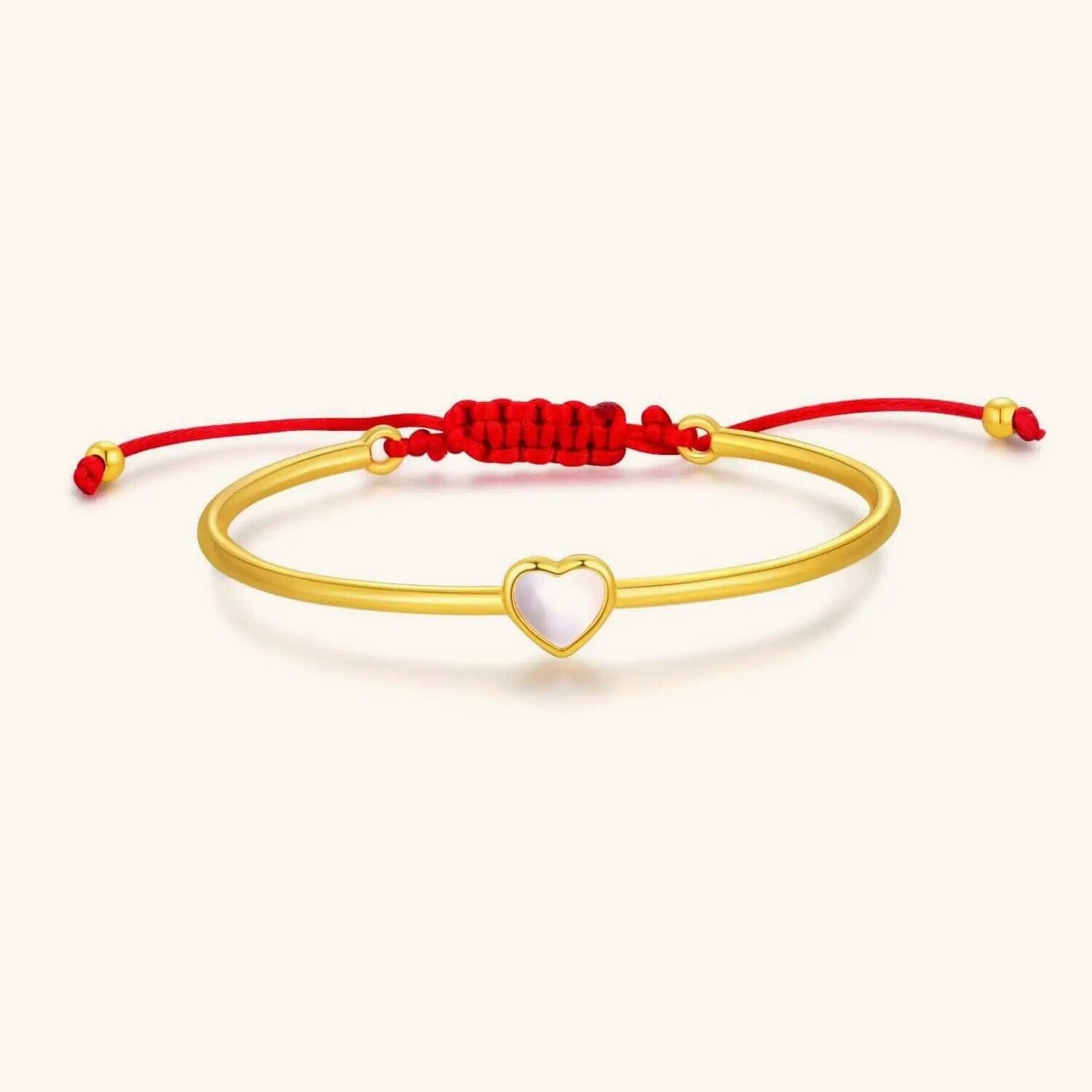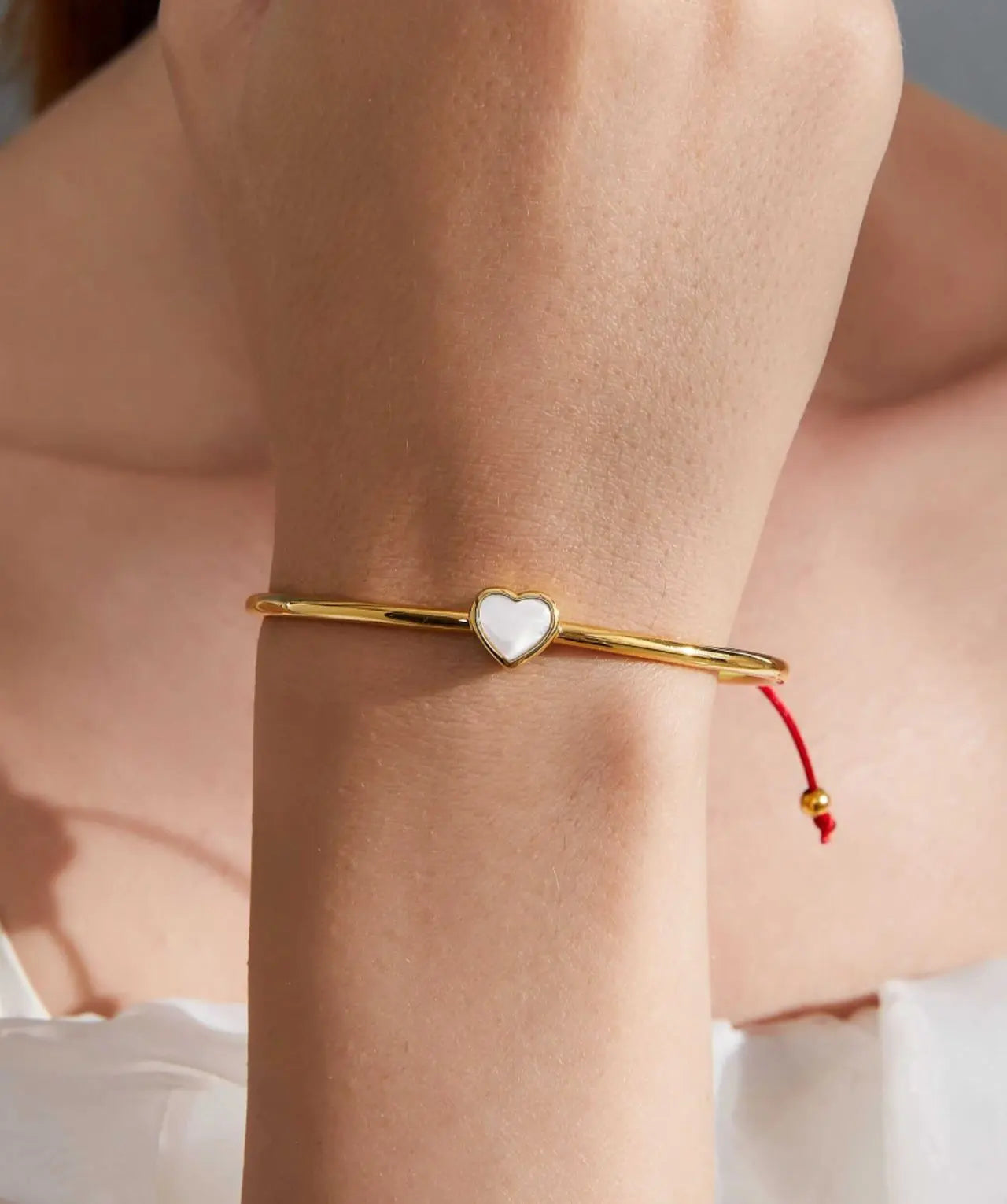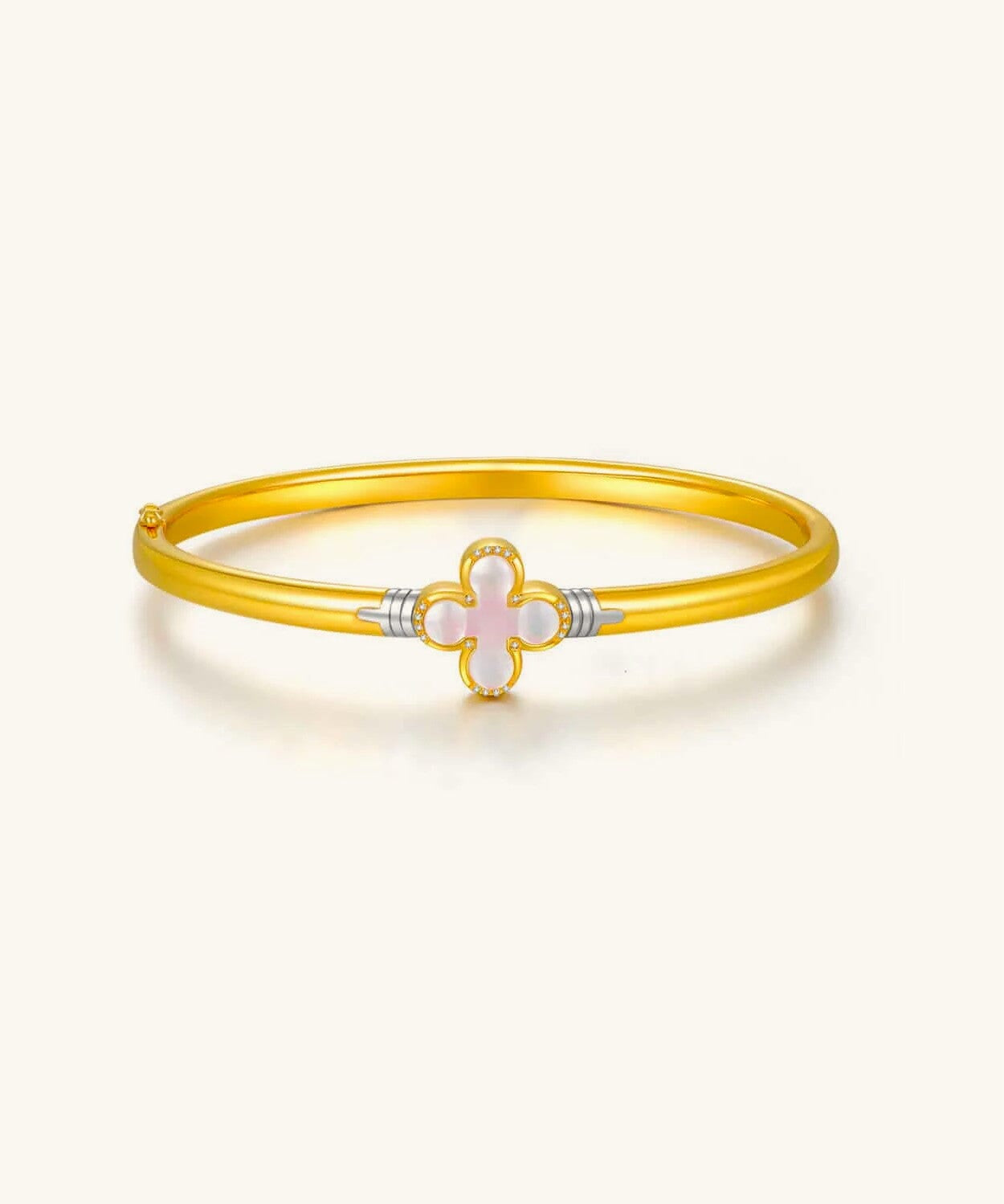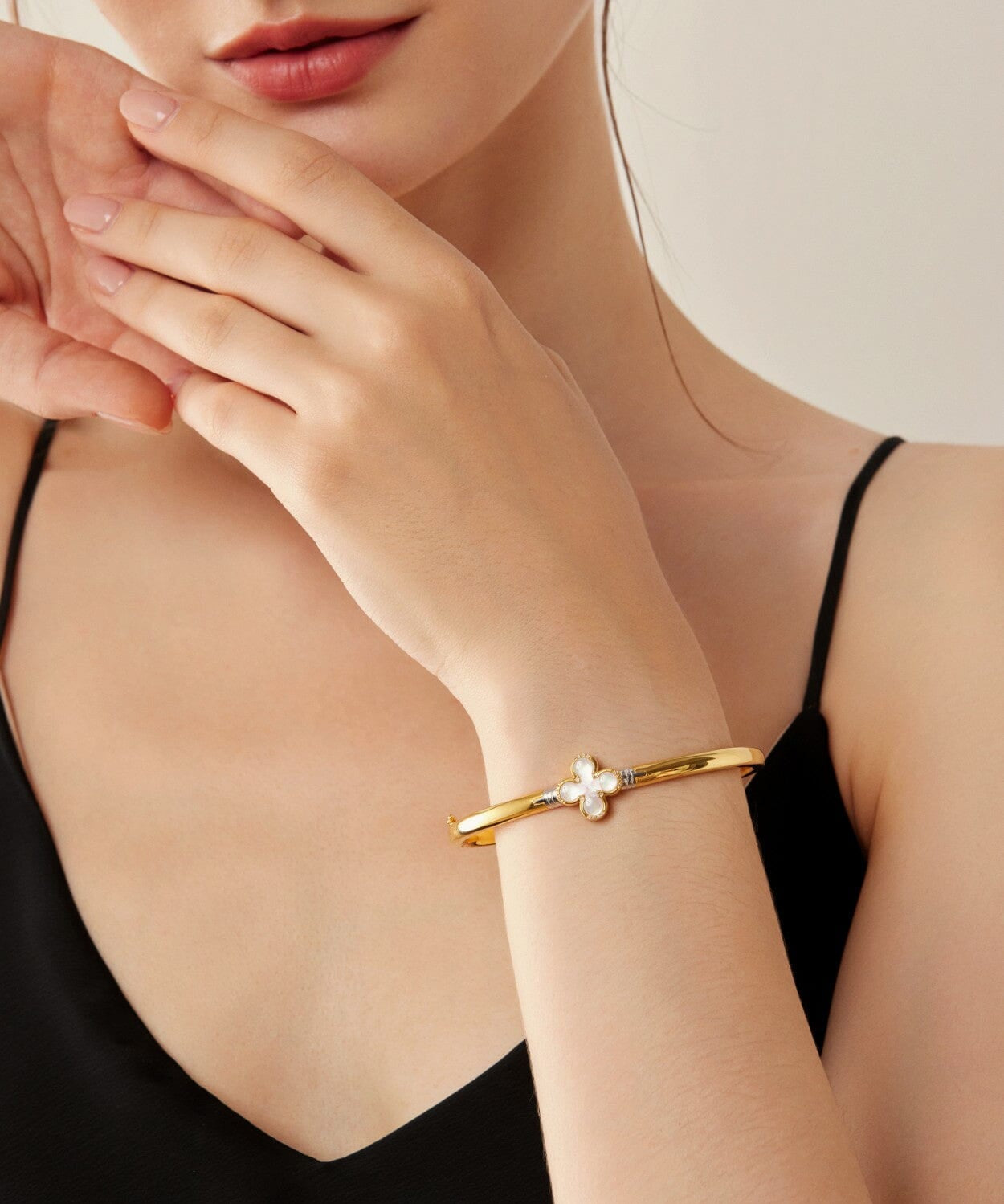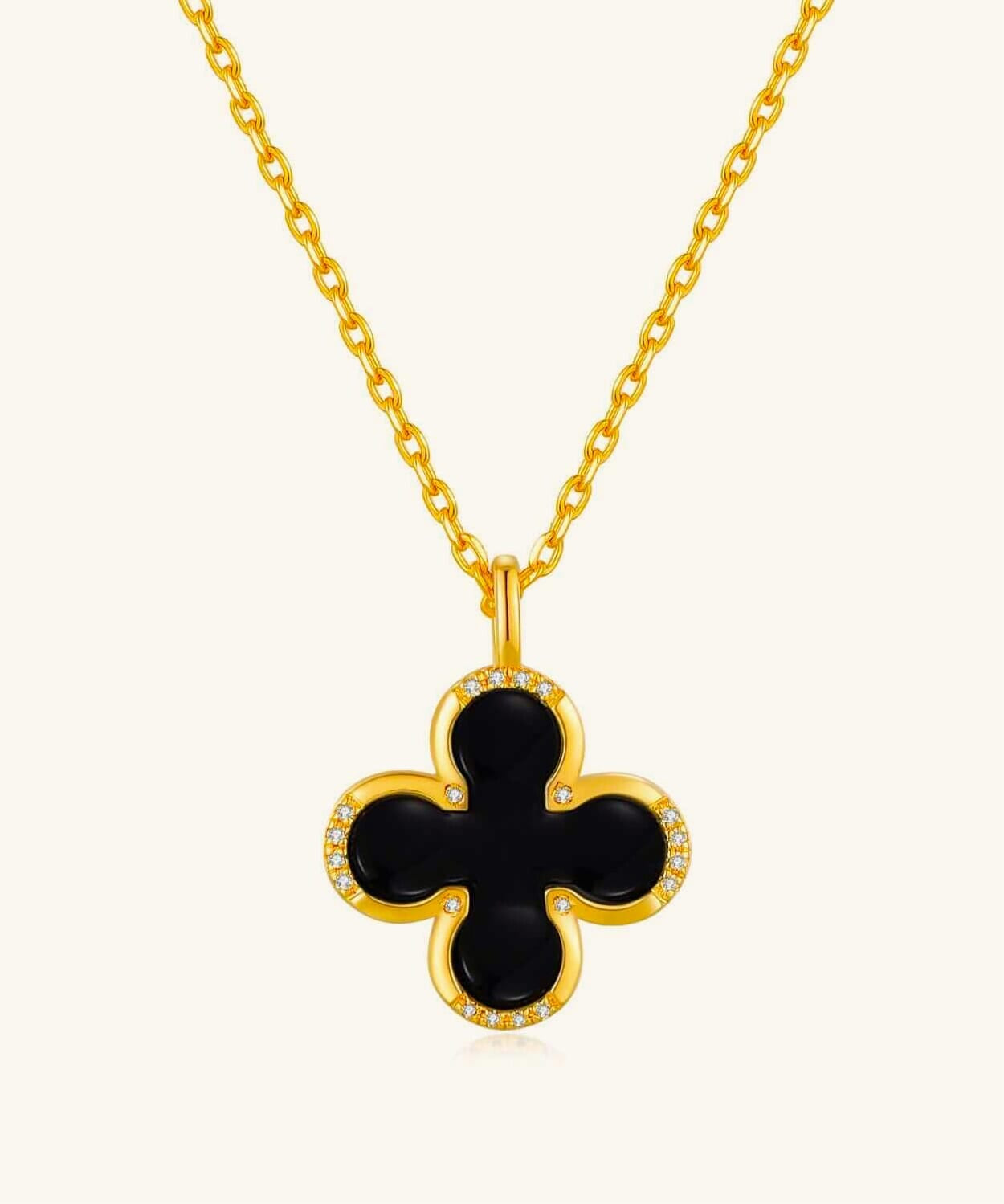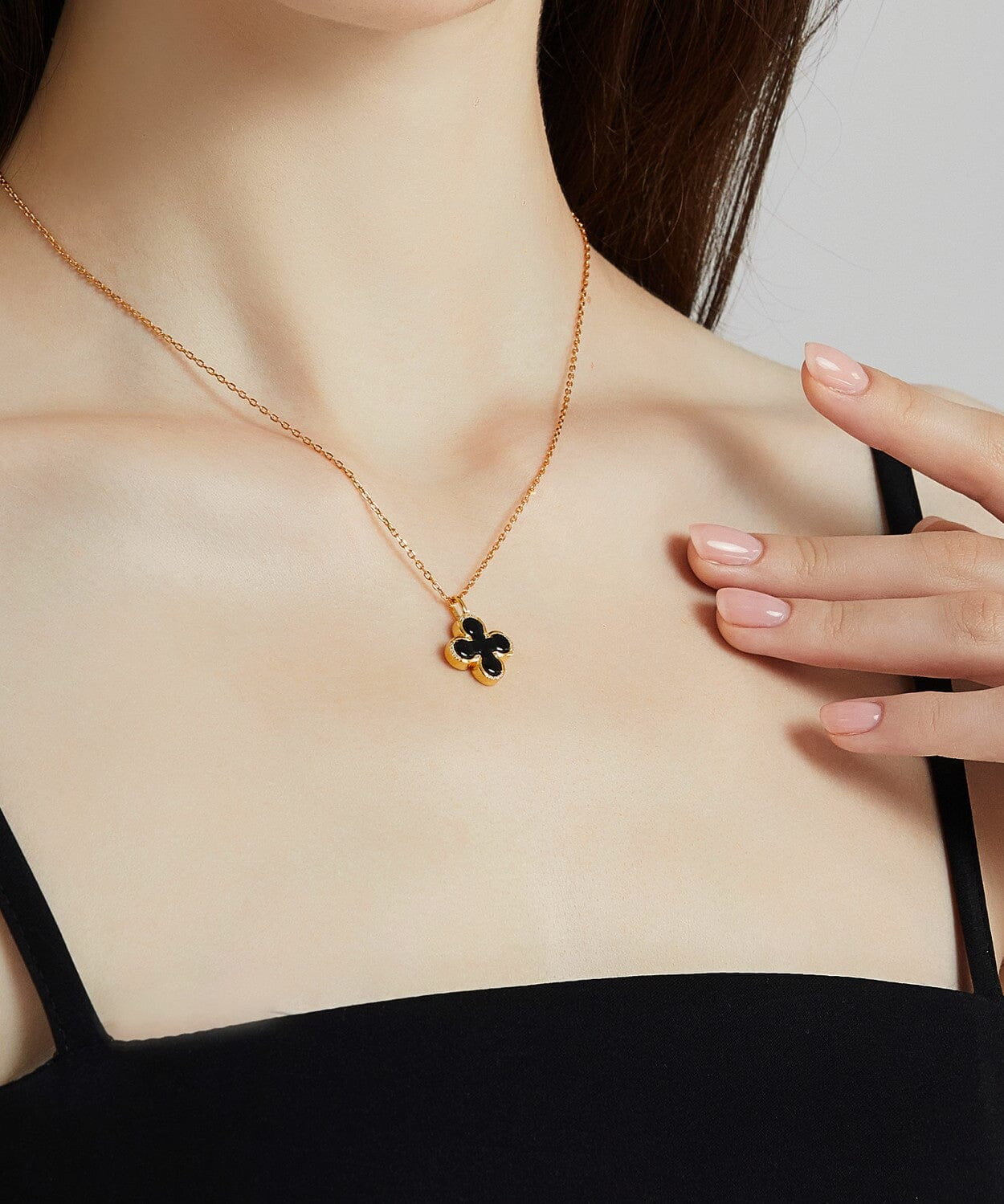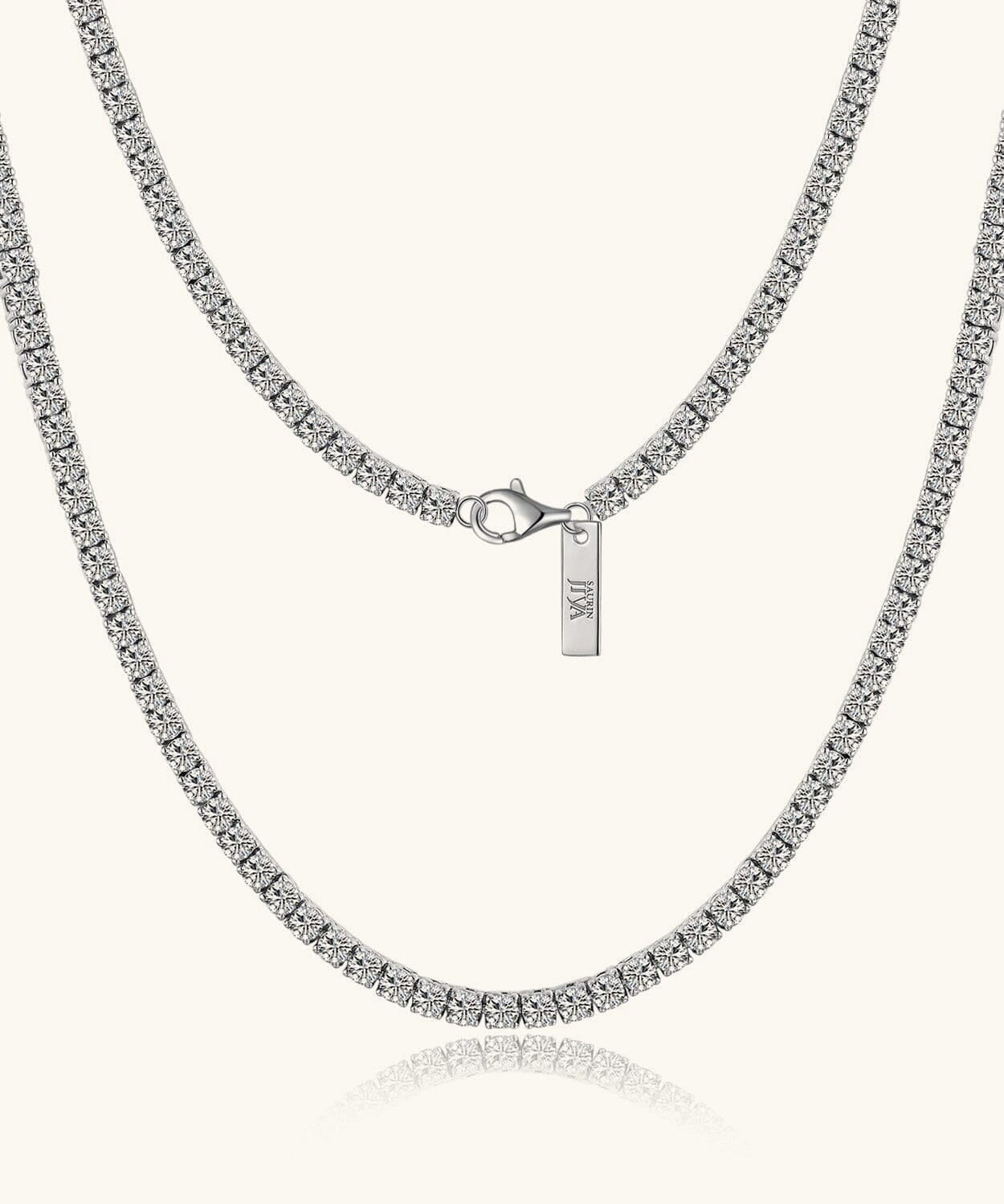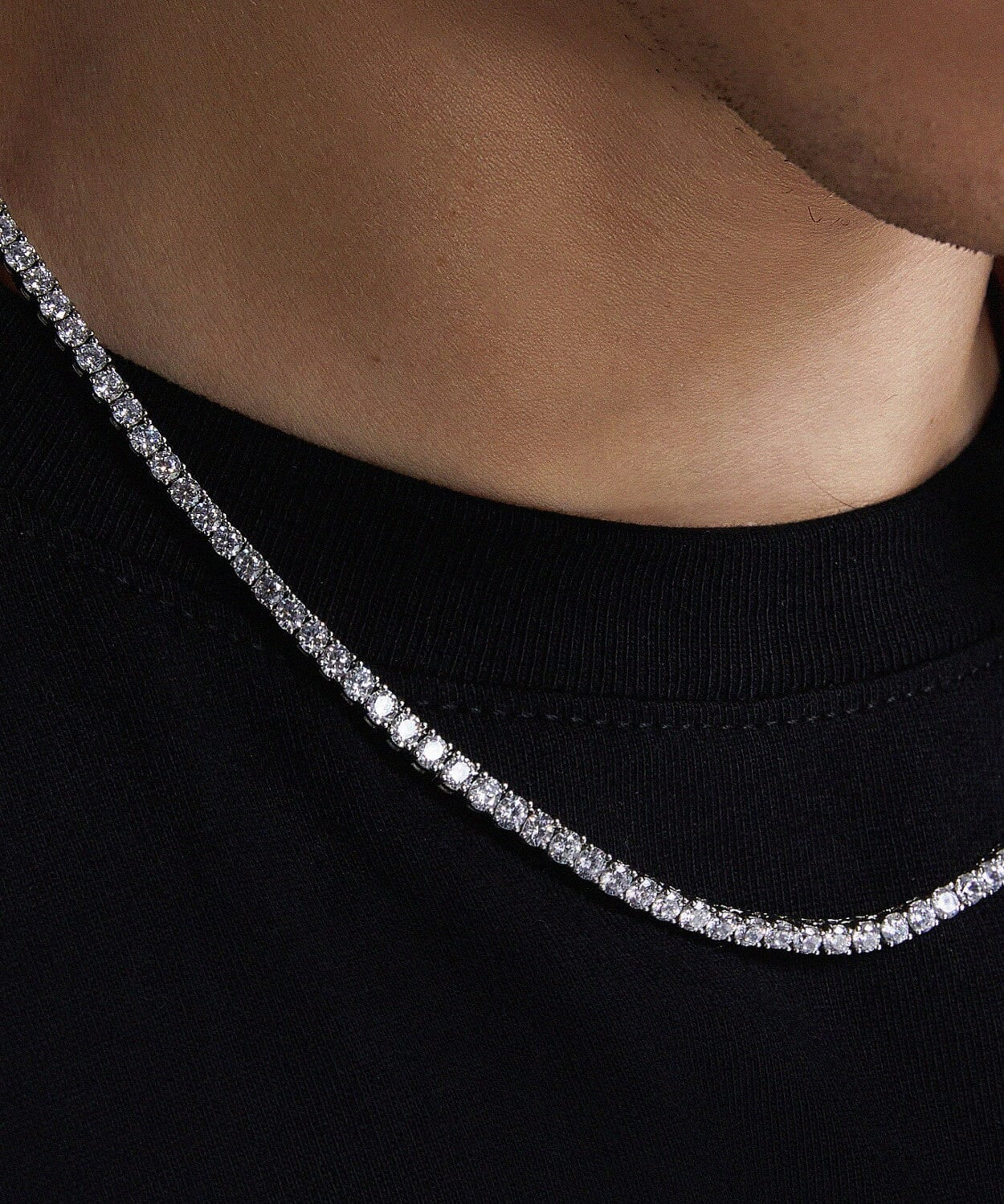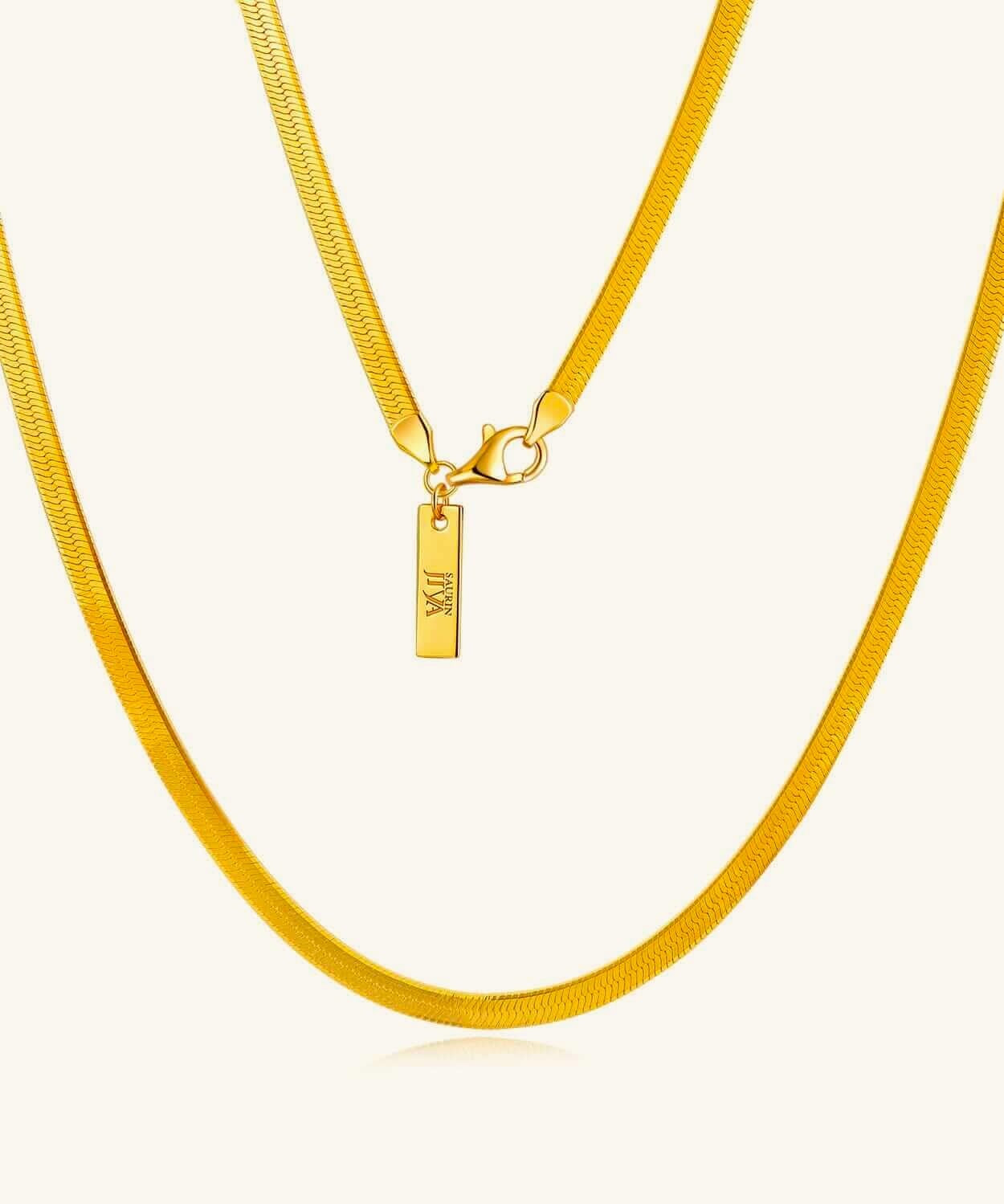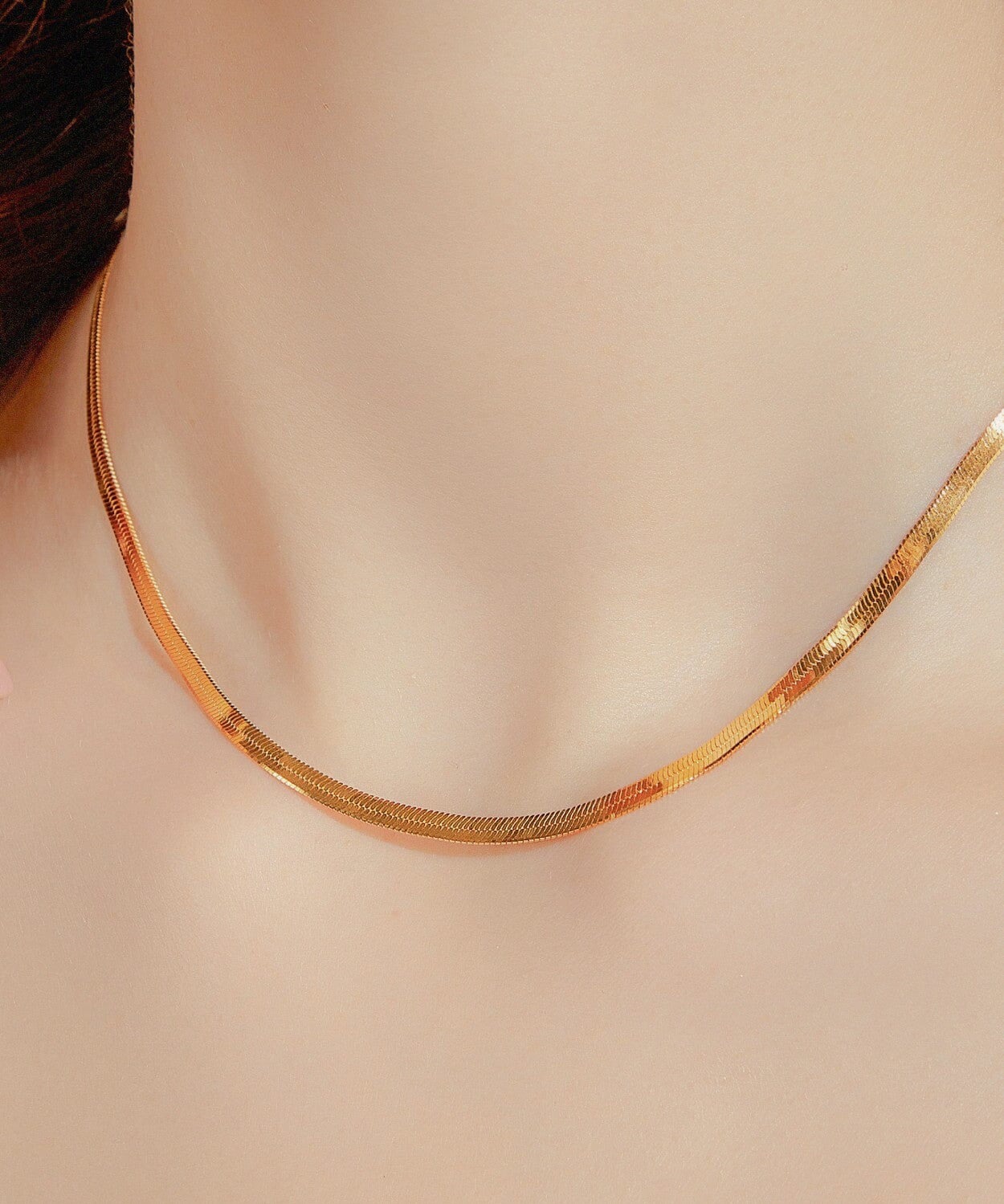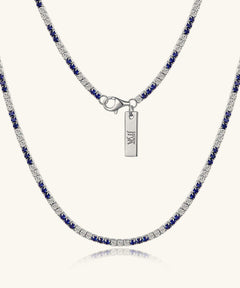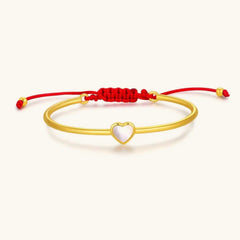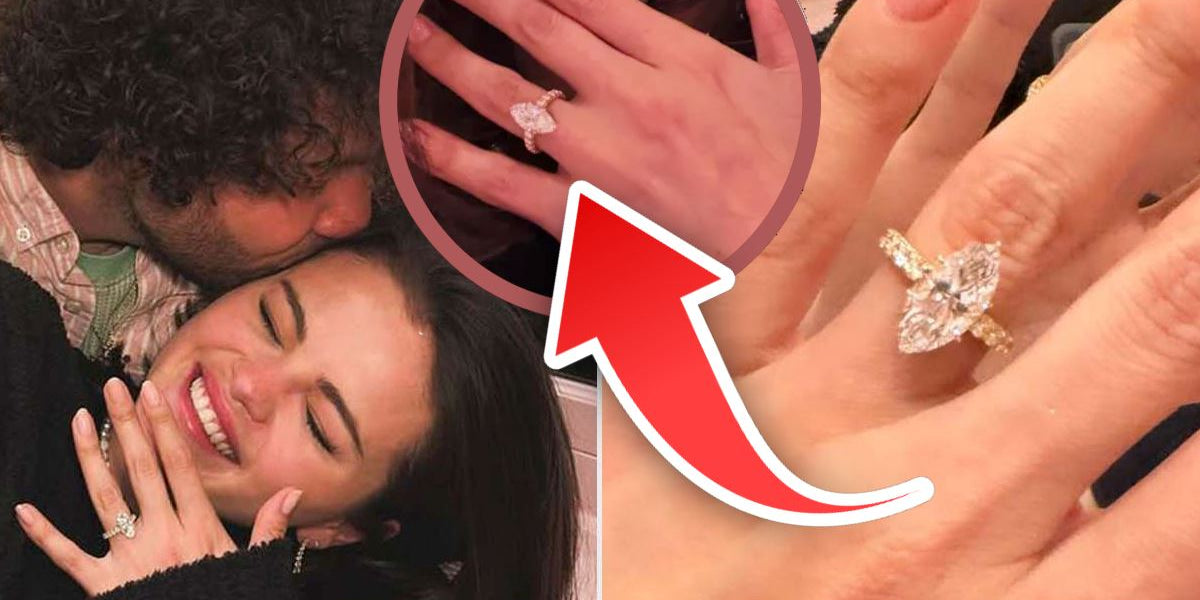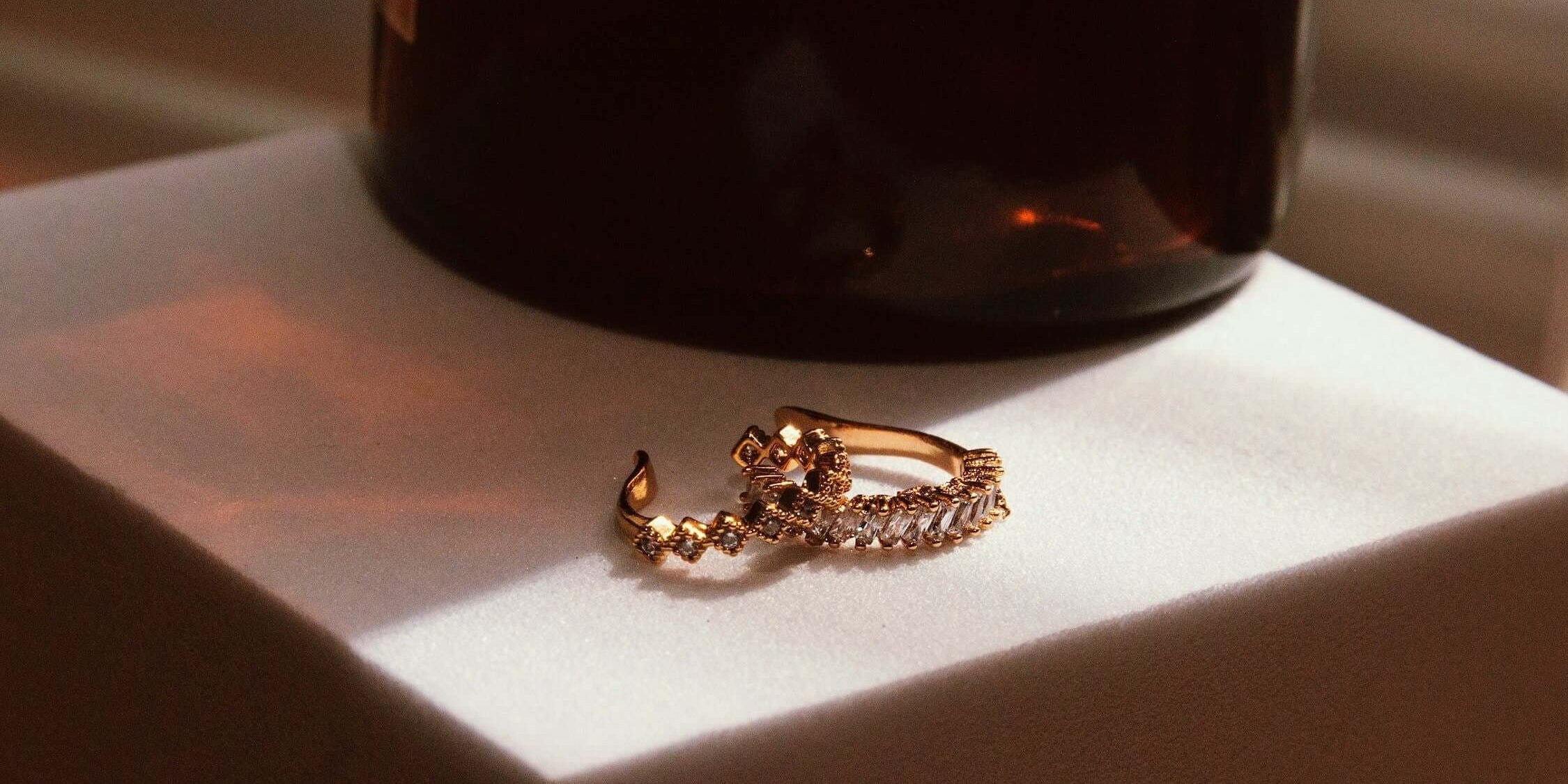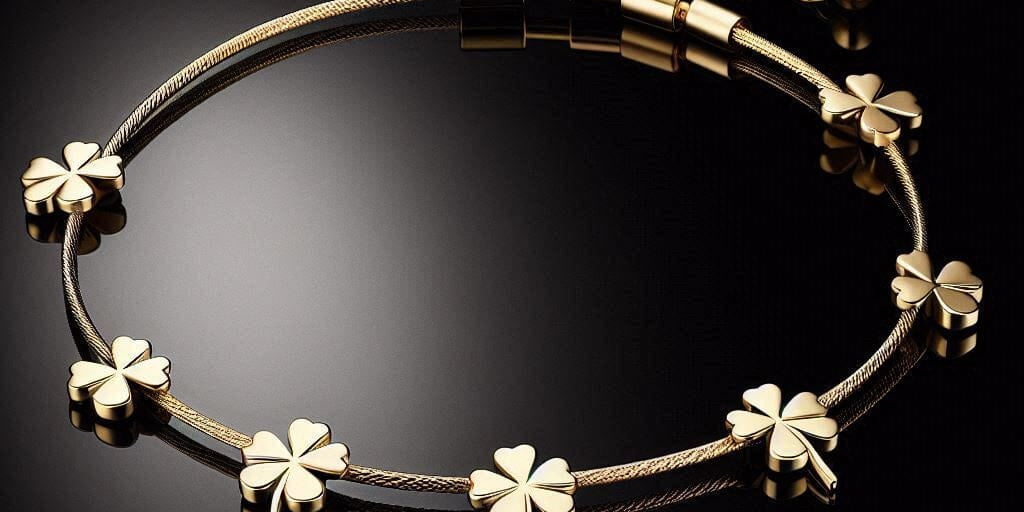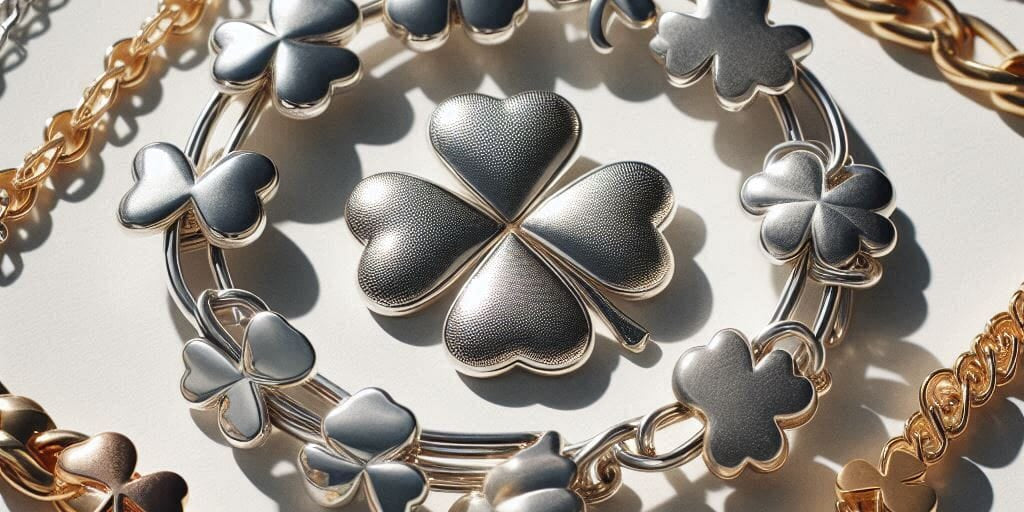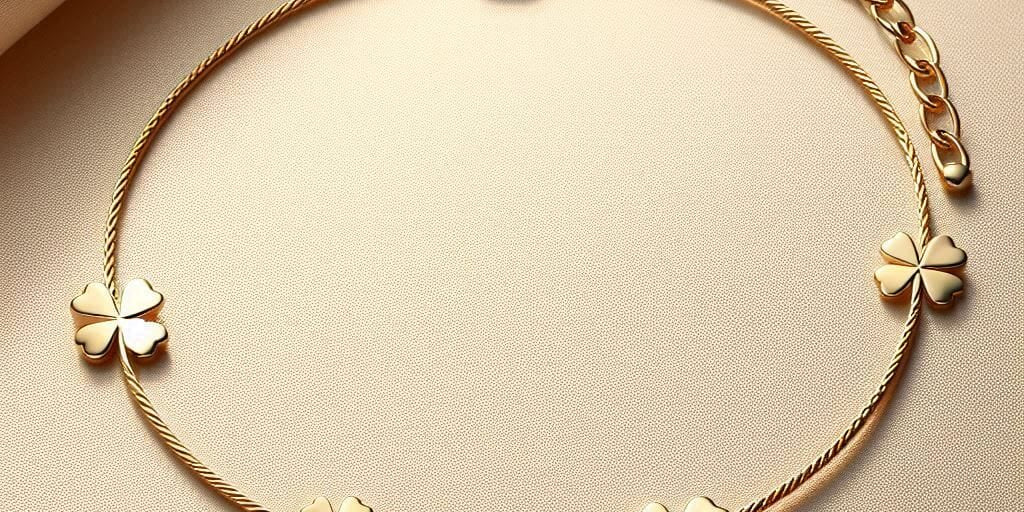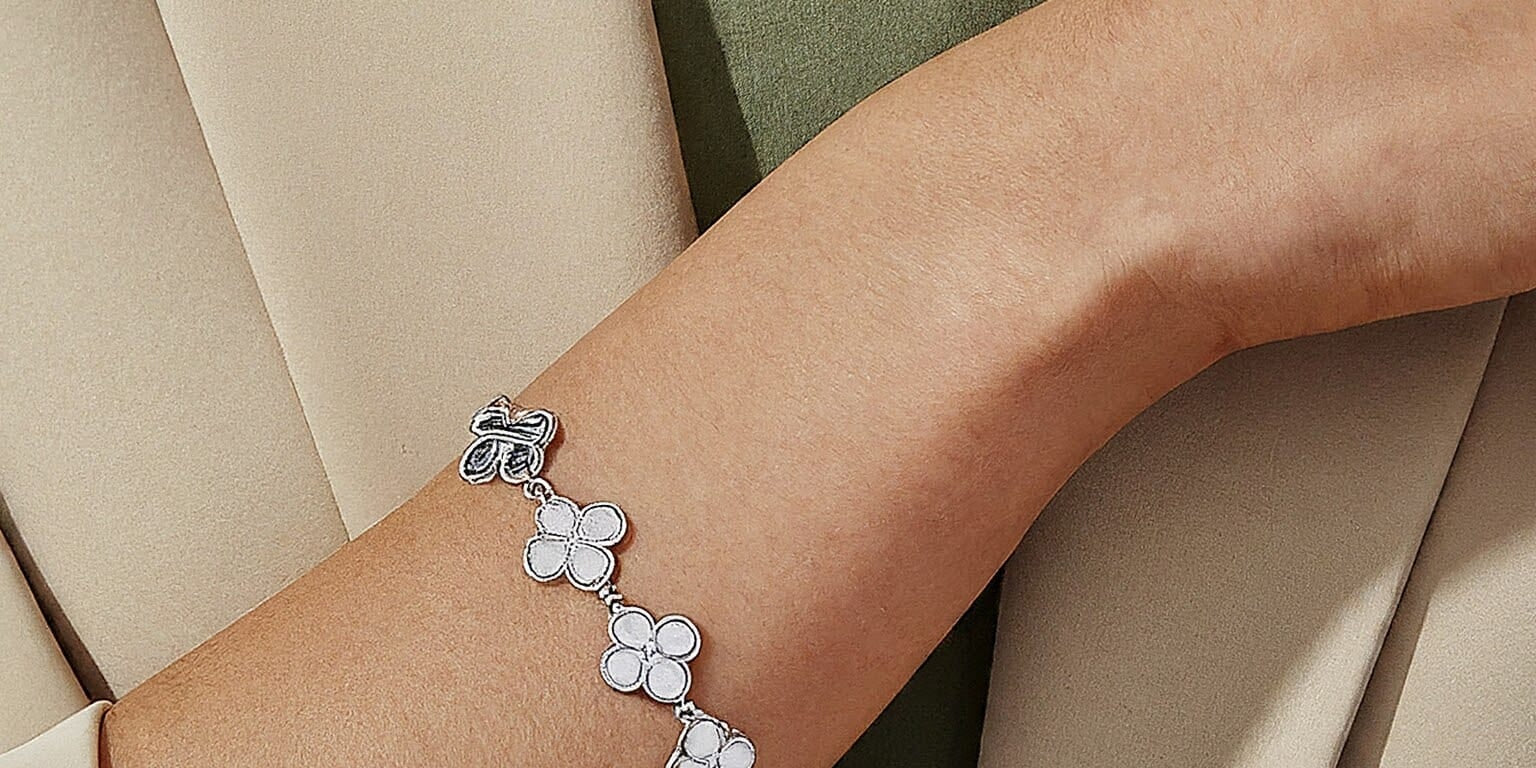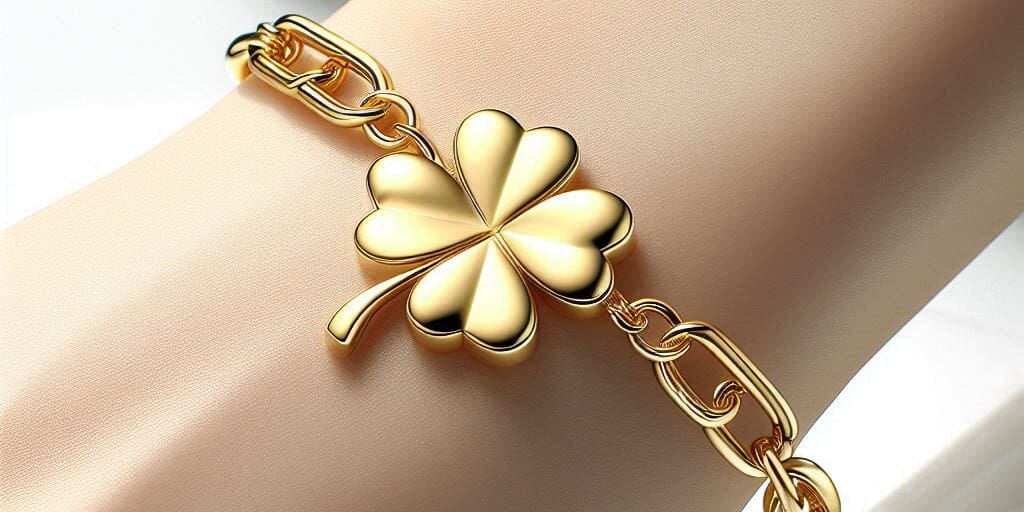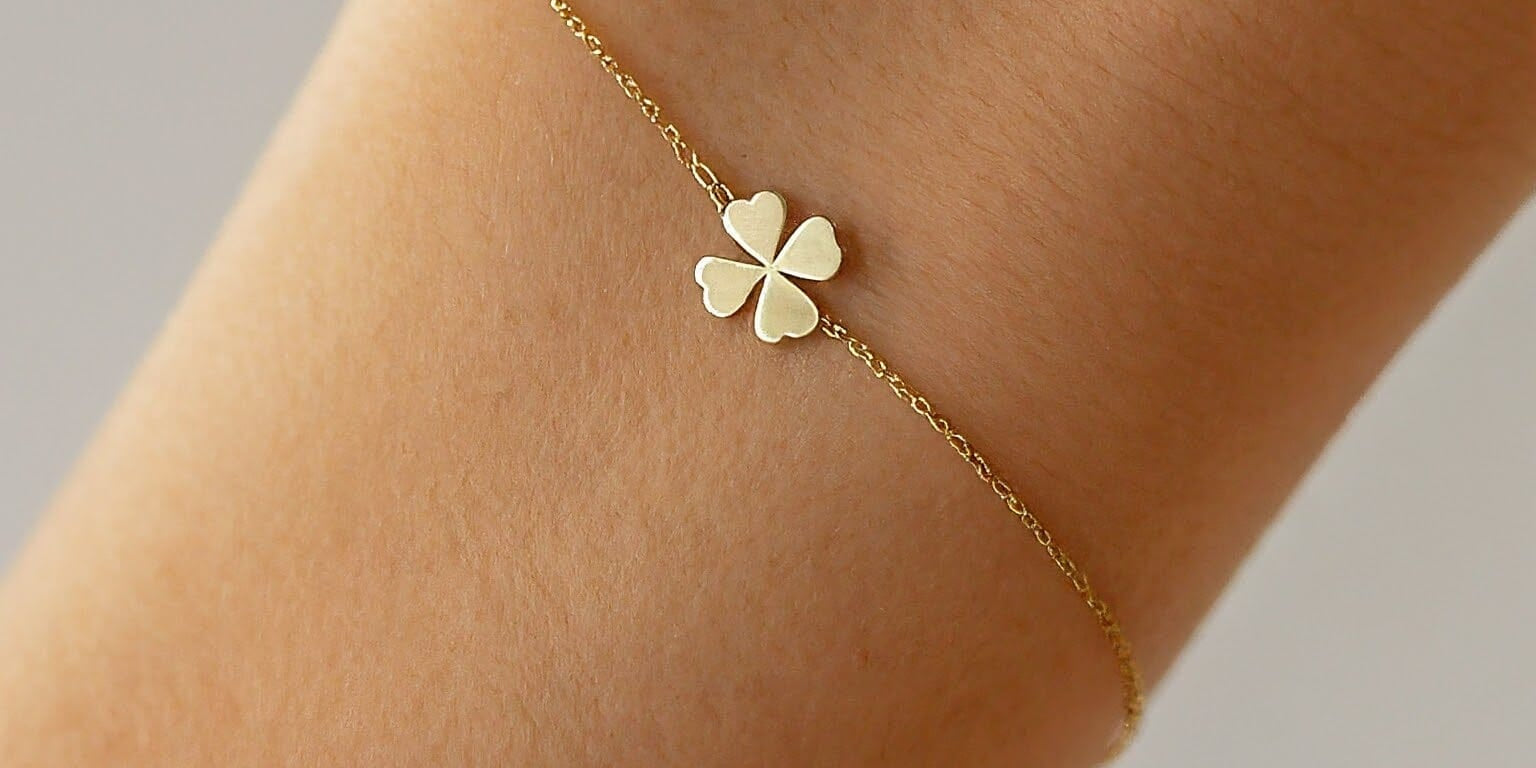When deciding between rose gold and yellow gold, your choice often comes down to personal preference and fashion style. Both metals have their unique appeal and place in jewelry design. Rose gold has made a remarkable impression for its romantic hue and contemporary feel. It gets its warm pinkish color from a copper alloy, which not only serves to differentiate its appearance from yellow gold but also contributes to its durability.
Yellow gold, on the other hand, has a classic appeal that has been cherished through ages and civilizations. It's known for its timeless beauty and the way it can enhance a variety of skin tones. However, it is typically softer than rose gold due to its purity levels and the types of metal alloys used. The value of yellow gold is largely determined by its karat weight, with options often available in both 14k and 18k.
When comparing costs, neither rose gold nor yellow gold is consistently more expensive; the price can vary based on several factors including weight, design, the alloy composition, and market demand. Your decision should be guided by what suits your style and skin tone, whether you prefer the modern elegance of rose gold or the enduring allure of yellow gold.
Composition of Rose Gold and Yellow Gold
Understanding the makeup of rose gold and yellow gold is essential when considering their value and appearance. Both are crafted from gold mixed with other metals to enhance strength and influence color.
Alloy Components
Rose gold and yellow gold are both alloyed with other metals to create their distinctive hues and to provide durability.
-
Rose Gold: The unique pink color of rose gold comes from a copper alloy. The typical composition includes:
- Gold: Pure gold makes up the primary component.
- Copper: Added to give the metal its pinkish hue.
- Silver: Sometimes included in small quantities to adjust the shade.
-
Yellow Gold: This metal's natural color comes from the gold itself. For jewelry, yellow gold usually consists of:
- Gold: The main element that imparts the yellow color and value.
- Silver and Copper: Mixed in varying amounts to achieve the desired shade.
- Zinc: Often incorporated in small amounts to add durability.

Karat Variation in Color
The amount of gold in an alloy is defined by its karat rating, which affects both the color intensity and the metal's purity.
- Pure Gold: Known as 24-karat gold, has a distinct, bright yellow hue but is too soft for everyday use.
- 18-Karat Gold: Contains 75% gold mixed with 25% other metals. The more copper present in rose gold, the redder it will be. For yellow gold, a higher gold content results in a deeper yellow tone.
- 14-Karat Gold: Often used for balance; it's durable with 58.3% gold. Rose gold has more noticeable pink or red tint due to the higher copper content compared to the same karat in yellow gold.
Each karat level will present a different color intensity and metal strength, with pure gold being the softest and alloys with less gold being harder and more suited for jewelry that can withstand daily wear.
Market Factors Influencing Price
💰 Demand and Supply
The balance between demand from consumers and supply from producers affects the price of both rose gold and yellow gold.
📈 Economic Conditions
Economic indicators such as inflation, interest rates, and currency values can impact the price of gold.
🌎 Geopolitical Events
Uncertainty in global politics, conflicts, and trade agreements can influence investors' perceptions of gold as a safe-haven asset.
⛏️ Mining Production
The level of gold mining production affects the supply of gold in the market, impacting its price.
📉 Market Sentiment
Investor sentiment, speculative trading, and market trends can drive short-term fluctuations in gold prices.
When considering the cost of rose gold compared to yellow gold, you’ll find that market factors such as karatage and current trends significantly influence price variations. The price of gold jewelry is not static and can be affected by several external factors.
Price and Value Considerations
Karatage is a primary factor affecting the value of gold jewelry. Gold's purity is measured in karats, with 24-karat gold being the purest form. As karatage increases, so does the value:
- 24K Gold: 100% pure gold
- 18K Gold: 75% gold (the remainder is alloy metals)
- 14K Gold: 58.3% gold
- 12K Gold: 50% gold
Whether you are opt for an engagement ring, wedding ring, necklace, earrings, or watches made of rose gold or yellow gold, higher karat items will generally be more expensive. A piece's price is also swayed by the intricacy of its design and the cost of additional gems or diamonds used in the jewelry.
Popularity and Trends
| Year | Rose Gold (%) 🌹 | Yellow Gold (%) 💛 | Platinum (%) ✨ | 18kt White Gold (%) ⚪ |
|---|---|---|---|---|
| 2013 | 0 | 11 | 35 | 54 |
| 2022 | 2 | 18 | 75 | 5 |
Note: Percentage values represent the proportion of engagement rings made from each metal type.
The price of gold jewelry, including that distinctive rose gold engagement ring or those wedding rings you're eyeing, will also be influenced by popularity and fashion trends. Rose gold has seen a surge in demand due to its vintage vibe and contemporary elegance, often considered a symbol of femininity and luxury.
- Popularity: Highly sought-after items may garner higher prices.
- Fashion Trends: Modern trends can boost the demand for rose gold, driving up the price in comparison to the more timeless yellow gold.
Critical to remember is that jewelry is not just adornment but can also be an investment. Gold's inherent value and status as a precious metal mean that your purchase may hold its worth over time, subject to market fluctuations.
Durability and Maintenance

When considering jewelry made of rose gold or yellow gold, you need to be aware of how well they resist wear and tear and what maintenance they require to retain their allure.
Resistance to Wear and Tear
- Rose Gold: Thanks to its composition, which includes a significant amount of copper, rose gold is highly durable. This durability means that your rose gold rings can generally withstand everyday wear and are less prone to scratches and dents. The metal's inherent strength makes it a suitable choice for engagement rings or other jewelry that you may wear regularly.
- Yellow Gold: On the other end, yellow gold is softer, especially in its purest forms like 18K. Jewelry made of yellow gold may show signs of wear such as scratches and scuffs more easily than rose gold. However, lower karat yellow gold, like 14K or 10K, can be more resistant to wear because of the inclusion of stronger alloy metals.
Care and Preservation
Rose Gold Maintenance: Rose gold is admired not only for its warm hue but also for its ease of care. The metal does not tarnish like silver, but it can still accumulate dirt and grime over time. You can maintain its lustrous appearance with simple cleaning using mild soap and warm water. Rose gold's color can deepen over time due to the copper content, which many consider an enhancement to its visual appeal.
Yellow Gold Care: To preserve the shine of yellow gold, regular polishing is recommended. As yellow gold can lose its luster, gentle cleaning and occasional polishing are necessary to maintain its bright appearance. Yellow gold jewelry may sometimes require rhodium plating to revitalize its luster, especially if it has been significantly scratched or worn.
Hypoallergenic Properties

When choosing between rose gold and yellow gold, your skin's sensitivity to certain metals is a crucial factor to consider. Metals like nickel and copper, which are often used in alloys, can trigger allergic reactions.
Suitability for Sensitive Skin
You might prefer yellow gold if you have sensitive skin, especially since rose gold typically contains copper, which can cause skin irritation for some individuals. Yellow gold can still contain metals that might lead to an allergic reaction, but it often has fewer allergens compared to rose gold. Yellow gold often includes zinc and copper; however, higher karat yellow gold will have a higher gold content and, therefore, less potential for irritation.
Nickel, a common allergen, is sometimes found in yellow gold, though it's more commonly associated with white gold. If your concern is over metal allergies, then palladium and platinum are considered the most hypoallergenic options and might be the better choice for you, even over both rose and yellow gold. These metals are rarer and do not usually cause allergic reactions.
Remember, if you have allergies to specific metals, it's vital to check the alloy components of the gold you're looking to purchase. Always choose jewelry that aligns with your skin's needs to avoid discomfort or allergic reactions.
Aesthetic Appeal and Versatility

When selecting gold jewelry, your choice between rose gold and yellow gold can significantly influence the aesthetic appeal and versatility of your piece. These gold types offer varying hues and versatility, making them suitable for different styles and occasions.
Color and Shine
Rose gold is distinguished by its pinkish hue, which ranges from a subtle pink to a pronounced red tone depending on the copper content. This color radiates warmth and often conveys a romantic quality, making it a trendy choice for jewelry like rings. It has an inherent luster that is less shiny than yellow gold but maintains a rich, warm glow.
- Yellow Gold: Exhibits a classic bright yellow color that can range from a pale to a deep gold, achieving its peak brightness at higher karats. It reflects light to exhibit a traditional shine that has been revered throughout history for its opulence.
Compatibility with Gemstones
Rose gold's unique color pairs exceptionally well with a wide array of gemstones, especially those with pinkish and reddish tones. It complements both cool and warm skin tones, enhancing the natural complexion with its versatile hue.
- Colored Gemstones: Rose gold beautifully complements stones like morganite and pink sapphire, lending itself to intricate designs.
- Versatility: Yellow gold also presents a high level of versatility, pairing strikingly with both colored gemstones and diamonds, adding a touch of classic elegance to any fashion statement.
Cultural and Historical Context

Gold, a precious metal with a timeless appeal, has adorned civilizations for millennia. Your fascination with gold varieties, ranging from the classic yellow gold of Ancient Egypt to modern hues, denotes a journey through time and culture.
Yellow gold, with its inherent luster, has been cherished since ancient times. It conjures images of magnificent craftsmanship from the tombs of pharaohs to the crowns of empires. Rose gold, often termed "pink gold" or historically as "Russian gold," is a more recent addition to the gold family. Its unique color originated in 19th-century Russia when jewelers blended yellow gold with copper to create an alluring pink material.
The variations of gold are marked by not just color but also cultural connotations. Rose gold, comparatively, rose to prominence in the Great Recession due to its subtle and warm appearance, which resonated with a preference for less ostentatious jewelry.
Both types of gold showcase extensive craftsmanship; however, they offer different aesthetic appeals shaped by their historical narratives. While yellow gold maintains its position as a timeless option in jewelry, rose gold adds a contemporary twist, making each a testament to human ingenuity in precious metal use.
Frequently Asked Questions
In exploring the cost and value of rose gold compared to yellow gold, it's important to understand how material composition and market demands influence pricing. These FAQs address your specific queries on this subject.
What factors contribute to the cost differences between rose gold and yellow gold?
The cost difference between rose gold and yellow gold can vary due to the amount of pure gold they contain, the price of alloy metals, and the complexity of the crafting process. Both contain gold in equal measure when they share the same karat number, but the alloys used can affect overall cost.
How does the value of rose gold compare to that of yellow gold in terms of market demand?
Market demand for both rose and yellow gold can fluctuate, but yellow gold typically holds a vintage appeal and classic value, while rose gold is sought after for its contemporary look. The popularity of rose gold has surged in recent years, affecting its demand and price.
Does the composition of rose gold affect its price compared to yellow gold?
Yes, the composition of rose gold—which includes a higher proportion of copper—does affect its price. Despite copper being less expensive than the alloys used in yellow gold, the price of rose gold jewelry is often on par with that of yellow gold because of the gold content.
What role does the alloy mixture play in determining the price of rose gold versus yellow gold?
The alloy mixture influences the price as it determines the color, durability, and required maintenance of the gold. Rose gold's higher copper content can make it more durable and less prone to scratching than yellow gold, which might have cost implications for some buyers.
Can the color of gold affect its resale value, specifically for rose and yellow gold?
The color of gold can influence its resale value, with traditional yellow gold often being easier to sell due to its timeless appeal. However, rose gold has gained a niche following and can retain or even surpass resale value depending on current trends and buyer preferences.
How do jewelers price rose gold in comparison to yellow gold for jewelry pieces?
Jewelers typically price rose gold similarly to yellow gold when the karatage, or gold content, is the same because the value is primarily based on the gold weight. However, fashion trends, design intricacy, and brand reputation can contribute to variations in the pricing of jewelry pieces.
